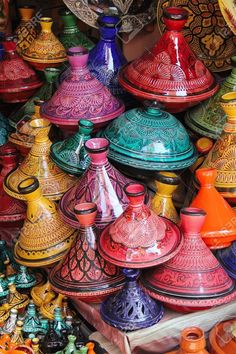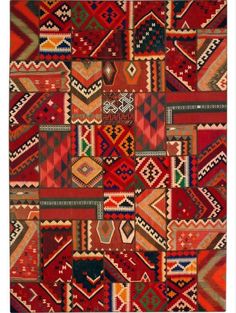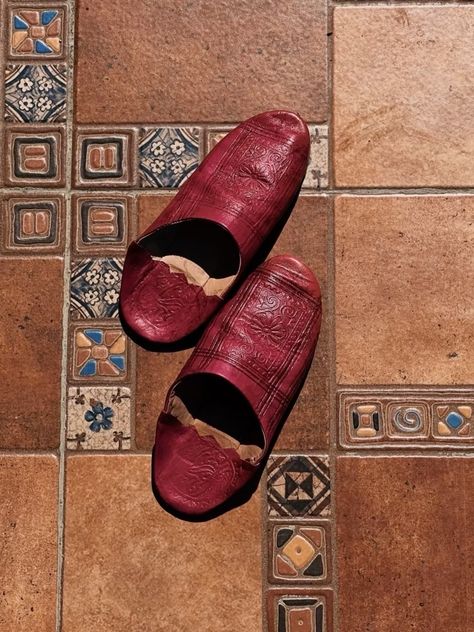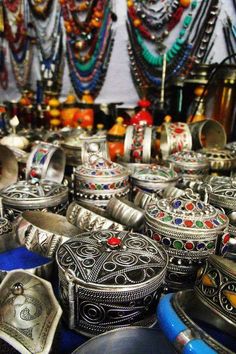Morocco is a land of colors, culture, and creativity. Among its many charms, Moroccan crafts stand out as a symbol of rich tradition, skilled artistry, and timeless beauty. From the narrow alleys of the medina to the bustling souks, every handcrafted piece tells a story that connects the past with the present.
The Heritage Behind Moroccan Crafts
Moroccan artisans have passed down their skills from generation to generation. Craftsmanship in Morocco is not just about creating beautiful objects — it is a way of life. Whether it’s pottery, textiles, leather, or metalwork, each piece reflects centuries of tradition and a deep respect for manual work.
Artisans often learn their trade within their family, starting from a young age. This deep-rooted training ensures that ancient techniques like zellige tile-making or hand-weaving Berber carpets remain alive today.
Iconic Types of Moroccan Handicrafts
1. Pottery and Ceramics
The cities of Safi and Fez are famous for their colorful pottery. Intricate designs in shades of blue, green, and earth tones decorate plates, bowls, and tiles. Every piece is molded and painted by hand, ensuring that no two items are exactly alike.

2. Handwoven Textiles
Moroccan rugs and blankets, especially those made by the Berber tribes, are among the most sought-after crafts. These textiles feature bold geometric patterns, natural dyes, and high-quality wool. Each rug often carries symbolic meanings linked to nature, spirituality, and daily life.

3. Leather Goods
Fez is also home to the world-famous Chouara Tannery, where leather is still dyed using traditional methods. Handcrafted leather bags, slippers (known as babouches), and belts are not only stylish but also durable.

4. Metalwork and Jewelry
Moroccan artisans masterfully work with brass, copper, and silver. You’ll find beautifully engraved lanterns, mirrors, tea sets, and intricate jewelry that reflect Islamic and Berber designs.

Why Moroccan Crafts Are True Treasures
Buying Moroccan handmade treasures is more than acquiring a decorative piece — it’s investing in authenticity, tradition, and sustainable craftsmanship. Each item supports local communities and keeps traditional arts alive in a modernizing world.
Moreover, the imperfections and uniqueness of handcrafted goods offer a refreshing contrast to mass-produced items. They bring warmth, soul, and a story to every home.
How to Choose Authentic Moroccan Handmade Items
- Buy from Local Artisans or Trusted Markets: When visiting Morocco, souks in Marrakech, Fez, and Essaouira offer genuine crafts.
- Look for Handcrafted Details: Minor imperfections usually indicate a piece is handmade.
- Ask About the Story: Most artisans are proud to explain the history and technique behind their work.
- Support Fair Trade Shops: Some boutiques guarantee that artisans are paid fairly for their skills.
Final Thoughts
Moroccan crafts and handmade treasures are a celebration of creativity, history, and human connection. Whether you’re drawn to a hand-knotted rug, a delicate ceramic plate, or a hand-tooled leather bag, you’re not just purchasing an object — you’re carrying a piece of Morocco’s soul into your life.
